Road Bike Tire: everything you need to know
Some people may choose a new set of bike tires lightly or impulsively because they do not appreciate the importance of this bike component. However, as we know, tires are the only point on our bikes that make contact with the ground, so it has crucial importance in determining how our bike performs and how it handles on the road.
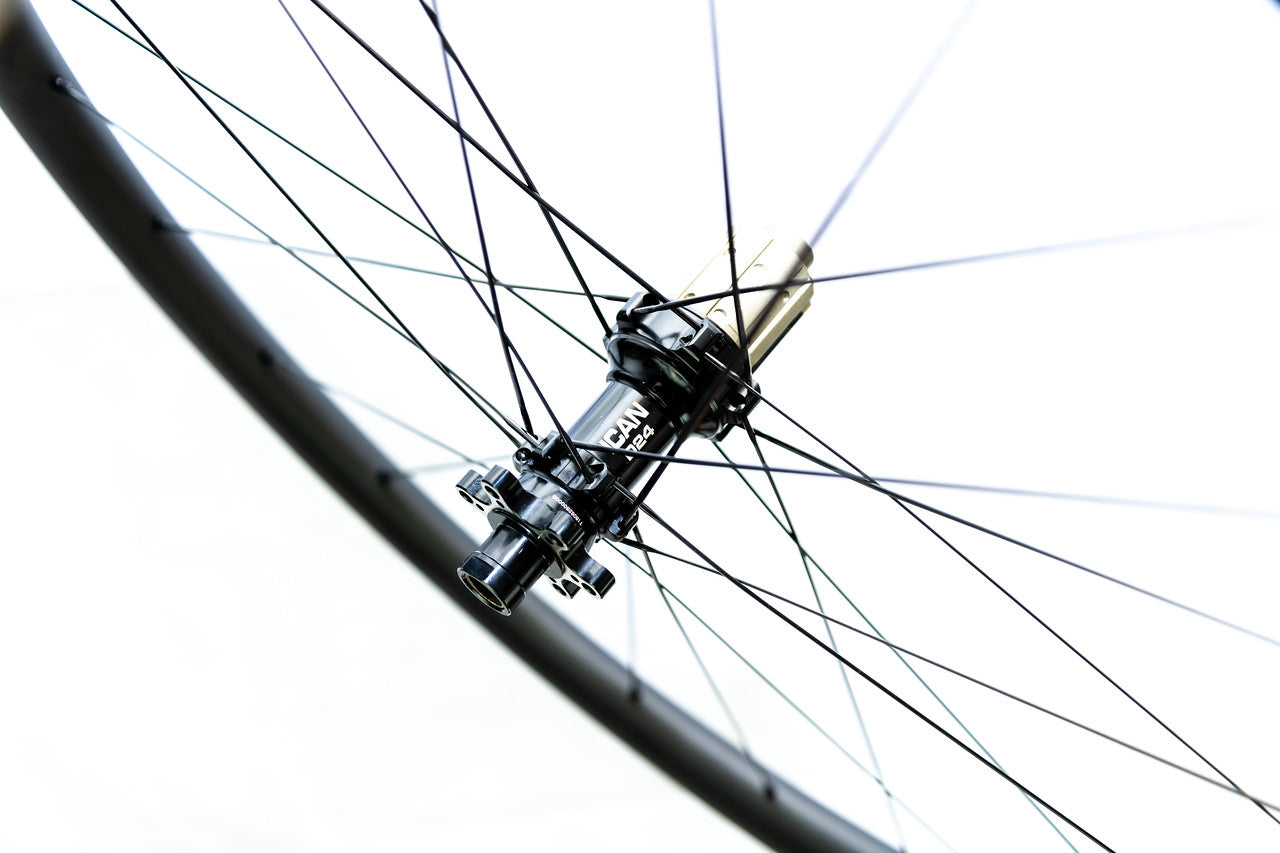
Most road bike tires are slick, which means they don’t tread or they have indentations to provide better cornering grip, but not losing rolling speed. However, because they are slimmer and thinner, they are more prone to punctures and wear and tear.
So, learning more about this crucial part of our road bikes and to choose tires that satisfy you is highly important. Moreover, the type of riding is ultimately what should help to choose your tire. To know which tire you should go with., let’s see, the types of road bike tires and the pros and cons of them.
1. Clincher Tires
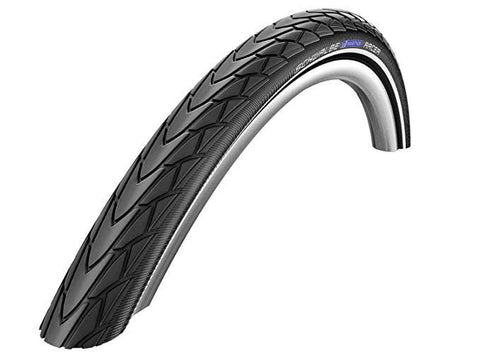
This is the standard folding clincher tire and inner-tube option. Actually, it is that these tires “clinch” to the rim with a bead of hard rubber so it is called “clincher”. A clincher needs a separate airtight inner tube enclosed by the rim to support the tire carcass and maintain the bead lock. The tube holds the air and creates solid pressure against the tire. It seems that clincher tires are the most popular type and tend to be the default setup for most bikes.
Pros:
Easy to install and remove tires and inner-tubes
Superior aerodynamics
Abundant tire options suitable for everything between winter training and professional racing
Many inner-tube options allow you to customize the performance of your wheelset for the intended application
Inner-tubes can be patched
Cons:
More prone to pinch flatting
Inner-tubes are expensive
Clincher rims are not always the lightest option
2. Tubular Tires
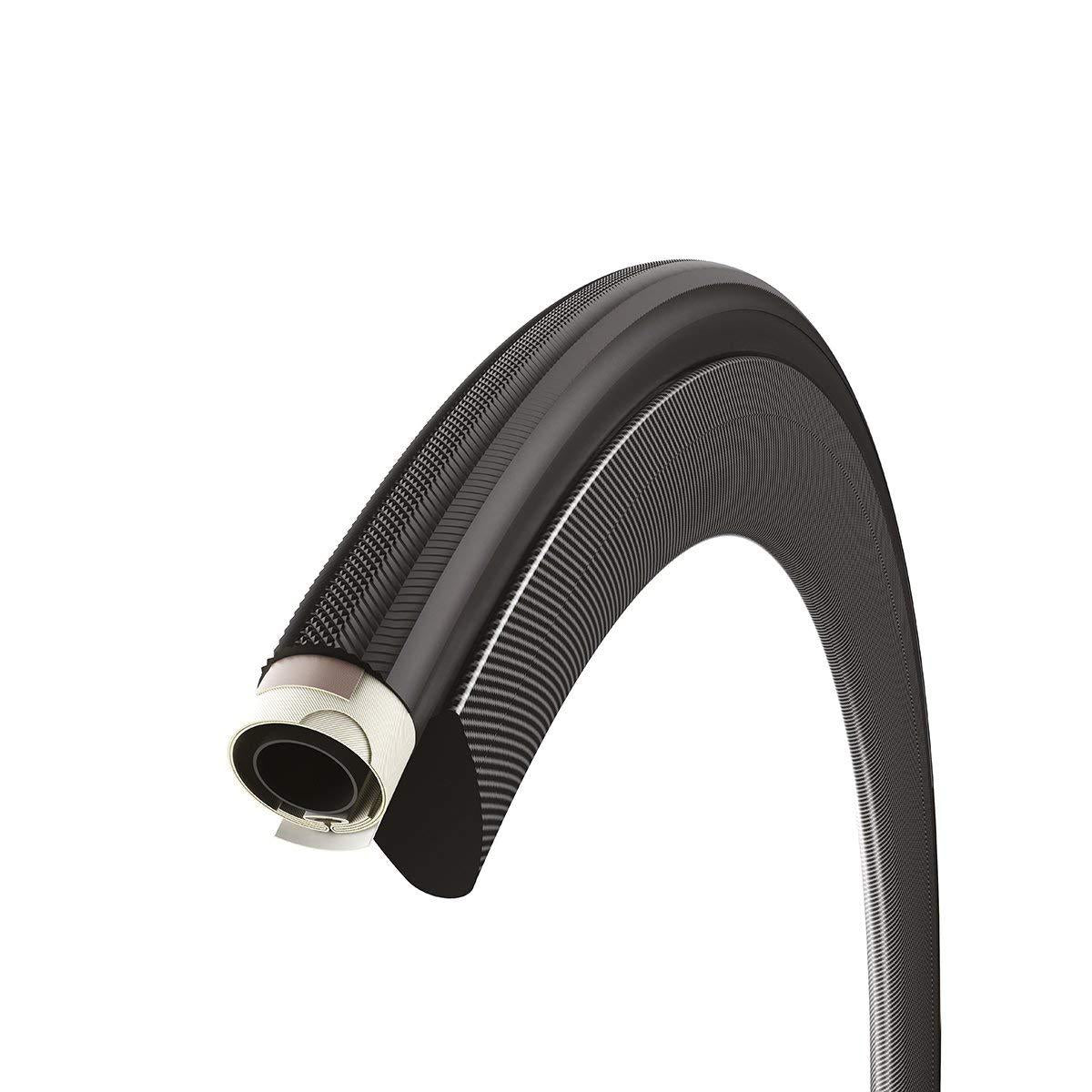
Tubular tires look the same as clinchers on the outside, but work in a very different way. Tubular tires often referred to as “sew-ups” have an inner-tube installed into the tire and then the tire is closed around the inner-tube by sewing the two sides of the tire together, completely encompassing the inner-tube in the tire. Tubular tires are often glued to the rim, because without some glue they tend to move around a bit. You can use this type of tire primarily for road racing, triathlons and cyclocross.
Pros:
Lightweight
More flat resistant than standard clinchers, installation of sealant can further improve performance
Double-sided tubular tape provides a clean tire installation solution
When properly glued or taped, tire will remain on rim in case of flat tire
Cons:
Expensive tires
Installation requires time, and glue can be messy
Generally speaking, aerodynamics fall short compared to clinchers
A flat tire is most often an unrepairable tire and as noted above, expensive to replace
3. Tubeless Ready
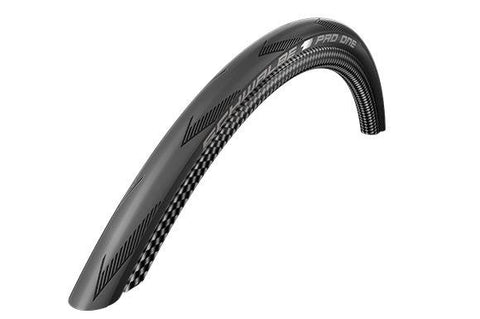 TiresTubeless Ready tires are not tubeless tires. They can be used both with or without an inner tube because the tire and wheel rim are designed so that they directly seal each other. That is, they can be run either tubed or tubeless.
TiresTubeless Ready tires are not tubeless tires. They can be used both with or without an inner tube because the tire and wheel rim are designed so that they directly seal each other. That is, they can be run either tubed or tubeless.
Tubeless Ready tires are cheaper and lighter as they can be slightly porous. If you want them to be converted into tubeless tires, what you need to do is to add sealant but most people run sealant in their tires for the added puncture protection anyway. Besides, they rely on rim strips (or tape) to make the spoke holes airtight, rather than using metal. Moreover, Tubeless Ready tires can be ridden with a lower operating pressure. The risk of punctures is much lower because there is no inner tube that can be punctured. Also, the movement of the tire on the wheel rim has no impact. In addition, the grip, comfort and rolling friction on rough terrain is better.
Pros:
Can be used as either tubed or tubeless
Lower tire pressure
Abundant tire options suitable for everything between winter training and professional racing
Much lighter as slightly porous
Risk of punctures is much lower
Tubeless Ready tires are cheaper
Cons:
Installation requires time if used as tubeless, and glue can be messy
Inner-tubes are expensive if used as tubed
4. Tubeless Tires
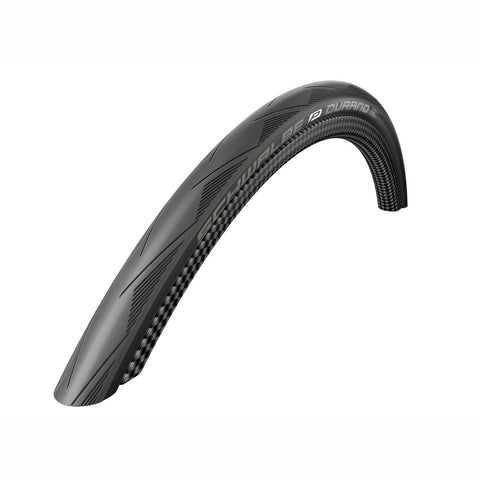
Tubeless tires are pneumatic tires that do not require a separate inner tube. Tubeless tires have continuous ribs molded integrally into the bead of the tire so that they are forced by the pressure of the air inside the tire to seal with the flanges of the metal rim of the wheel.
Despite being a relatively new addition to the world of road biking, tubeless road tires are growing in popularity owing to the absence of an inner tube. Instead, the tire and rim fit together to create a seal in addition to the use of a special valve stem and viscous liquid sealant. Although the main advantages of a tubeless set up is that they’re less vulnerable to flats and offer better rolling resistance, they are usually heavier and much more difficult to fit than others.
One of the most important advantages of using tubeless bike tires is that they come with the less risk of punctures. In other words, the sealant protects the tires from being damaged by the penetrating objects such as broken glass, screws and thorns. In addition to that, they also offer more comfort and grip.
Pros:
Improved rolling resistance over standard clinchers
Virtually flat proof wheels
Lower tire pressure
Aerodynamics of a standard clincher
Cons:
Tire choice more limited than standard clincher
Tires are expensive
Tires are typically heavier than standard clincher tires
Tire removal and flat repair is more challenging than on standard clincher with inner-tube
The sealant can be messy
Width (inch widths)
How to select the appropriate tire width for your bikes? This may come with experience, but not everyone pays serious attention to the fact that the tire width may have a direct effect on their cycling comfort.
Two things you should know about your bike tires are their widths and diameters, expressed in millimeter or inch. The commonest diameter for a road bike that I think is 700C while the width is 23mm, also expressed as 700 x 23C. Of course, there are variations of widths you can choose. Let’s have a look at the chart below, showing the tire sizing equivalents:
|
American size |
European size |
ISO |
Rim outside diameter |
|
|
Inches |
MM |
MM |
MM |
Inches |
|
20 x 1.75 |
500 x 45 |
44-406 |
422 |
16.6 |
|
24 x 1.75 |
600 x 45 |
44-507 |
523 |
20.6 |
|
26 x 1 |
|
25-559 |
573 |
22.5 |
|
26 x 1.95 |
|
50-559 |
573 |
22.5 |
|
26 x 1 |
650C x 25 |
25-571 |
585 |
23 |
|
700C x 25 |
700C x 25 |
25-622 |
634 |
25 |
|
29 x 2.10 |
700C x 53 |
53-622 |
634 |
25 |
|
27 x 1.25 |
|
32-630 |
642 |
25.25 |









